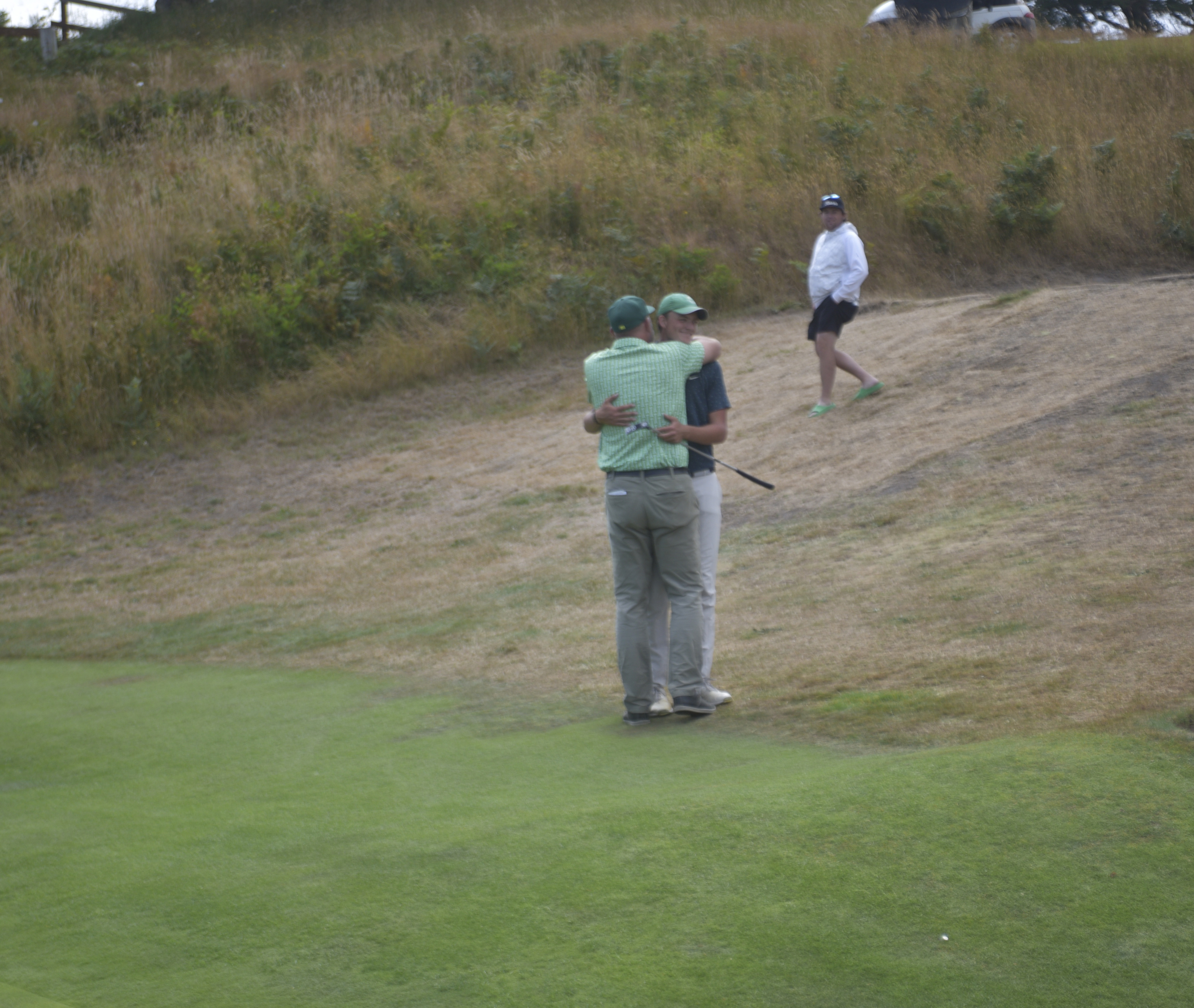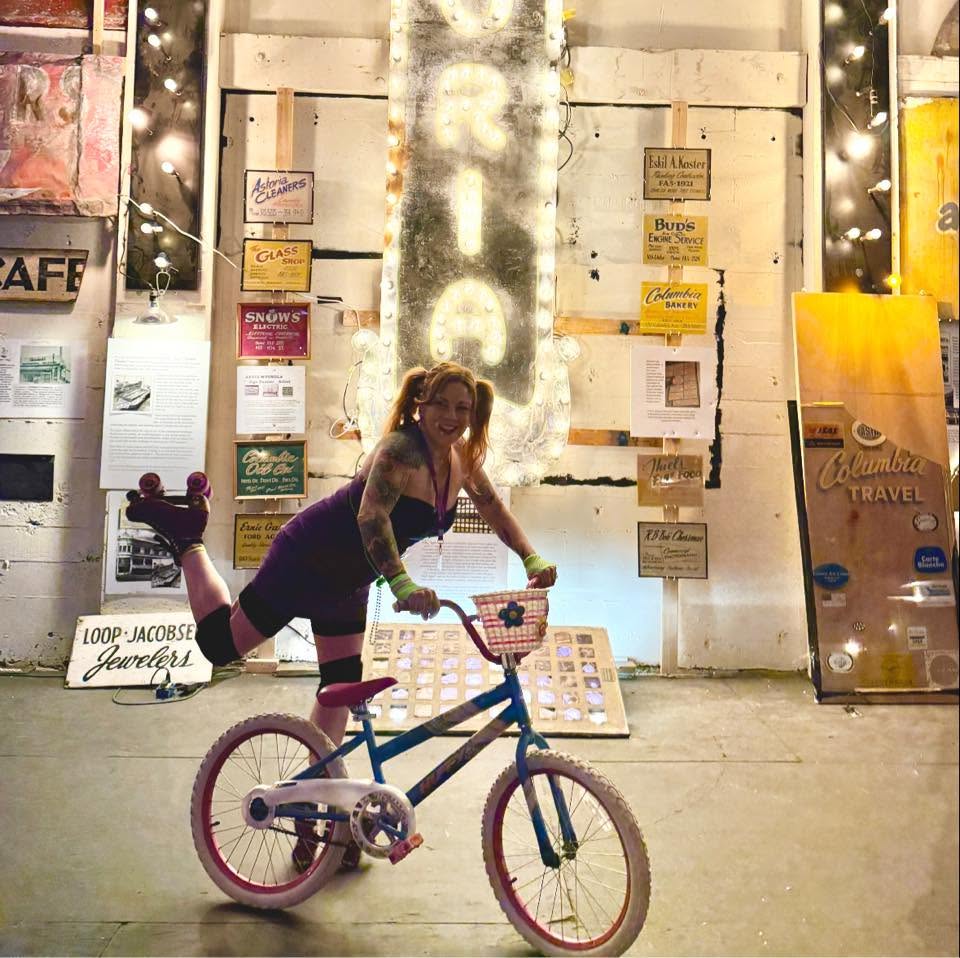USS Shark Cannon and Capstan Headed to Texas for Much Needed Restoration
Published 5:00 pm Tuesday, October 23, 2012
It is time for the communities of Cannon Beach and Arch Cape to come together and help save our cannon and capstan, recovered from the wreck of USS Shark the very cannon that gives Cannon Beach its name.
Trending
On a fateful afternoon in September of 1846, USS Shark foundered on the Columbia River Bar where part of her decking sheared off and floated to the beach in Arch Cape with three cannons and Sharks capstan still fastened to the decking. Despite immediate salvage efforts, the heavy iron objects vanished from site amid the sand and sea and werent seen again until the capstan and one cannon were discovered after a powerful storm in 1898.
Before finding a permanent home inside the custom built enclosure at the Cannon Beach History Center in 2000, the cannon and capstan had spent the last 100 plus years on display exposed to the elements in various outdoor locations between Arch Cape and Astoria. This has taken a toll on the artifacts and now it is time to get them restored so future generations can enjoy them.
When I lived in Key Largo, Florida, I spent nearly 10 years diving on historic shipwrecks. Part of the work we did was the conservation and restoration of the artifacts that were recovered so they could be put on display in museums around Florida. This is good.
Trending
Most folks think that once an artifact is removed from the salt water and rinsed in fresh water that it will be fine. However, that is far from accurate especially when it comes to iron. As an iron object sits in the salt water for years, it absorbs the salts. When it is removed, the oxidation process increases. If the salts are not removed, and the object sealed from contact with the air, it will eventually turn into a pile of rust. This is bad.
Restoring Cannon Beachs History
In the spring of 2011, I met Texas A&M University (TAMU) nautical archaeology graduate student Brennan Bajdek. He was at Fort Vancouver, WA, giving a presentation to the Oregon and Washington officials who are managing the fate of Sharks other two encrusted cannons that were discovered on the beach at Arch Cape after a February 2008 storm. TAMU is known the world over for their Nautical Archaeology Program, and Bajdek was heading up the restoration of the cannons and doing his Masters Thesis on the process.
One of the things I found most fascinating was the discovery Brennan and his colleagues made when they removed the encrustation from the one of the guns. All three guns were 18-pound carronades (they fired an 18 pound ball of iron). The cannon at the History Center and one of the two guns found in 2008 have no markings on them. But the third one had the British Broad Arrow on it! Having recovered or worked with artifacts from HMS (His/Her Majestys Ship) ships, I knew the significance of such a discovery. The broad arrow indicated the cannon had been put into service with the British Royal Navy. And it begged the question, What was a Royal Navy gun doing on an American warship? A probable answer lied in the initials and a serial number found near the cascabel on the gun. The gun was cast by Wiggin & Graham in the autumn of 1805, between September 24 and November 1, Brennan told me. It was probably on a ship bound for the United States during the War of 1812. It was then likely captured by a U.S. ship and all guns onboard seized. USS Shark went into service in 1821, and was refitted several times, including in Hawaii (in preparation for her journey to the Columbia River), so at some point she received the British gun.
Passionate about his vocation, Brennan came out to Cannon Beach and we spent some time walking the beaches around where the cannons were discovered, and we shot some video interviews at the Cannon Beach History Center (CBHC) regarding the cannon and capstan that are a part of the Centers permanent display.
As Brennan and I examined the artifacts, it quickly became apparent that they were both in desperate need of restoration, especially the capstan, and that we needed to get the artifacts into a restoration program.
The restoration will take 12 to 18 months. And as I have experience with this sort of thing, we originally thought we might be able to do the restoration here in Cannon Beach so that History Center visitors could watch the actual process. But as we worked out the plan, and consulted with A&Ms restoration lab, we realized that the capstans condition is so delicate that it needed to be restored under their direct supervision. And they gave us a great two-fer bid for both the capstan and cannon, and so both will be on their way to the Lone Star state sometime in the next couple of months.
Each artifact weighs about 1,000 pounds, and requires special handling and shipping. Cannon Beachs very own Coaster Construction and our Fire Rescue team will remove them from their enclosure and Coaster will build custom shipping crates at no cost to the History Center.
When they reach Texas, both artifacts will be put through a fascinating multi-stage restoration process. (You can follow this process at SaveOurCannon.org) First will be a complex electrolytic reduction process to remove the chloride ions (salts absorbed from the sea water) from the metal. This will take 10-12 months. Then they will go through a boiling rinse process that lasts about 10 days. From there they are chemically treated with tannic acid to help make their surface corrosion resistant. The final step is a bath in molten microcrystalline wax that will drive out any remaining water and air. The wax will soak into the iron and will protect it for generations to come.
A 2005 Heritage Preservation report states that over 13 million historical objects in 3,370 museums are at risk and in need of immediate care due to poor conservation, improper storage, or lack of funds for curatorship, says Odyssey Marine Exploration in a 2010 paper on the importance of private curatorship.
As custodians of the cannon and capstan, their preservation is imperative. And here in Cannon Beach and Arch Cape we have the resources and ability to save these precious pieces of history from the same fate as those mentioned in the 2005 report.
The entire conservation process, specialized transport, conservation, the creation of new displays, website, educational materials, etc. will cost approximately $38,000. The Clark Foundation has already donated $10,000, and $11,000 in in-kind services have been pledged to the restoration process. Thats $21,000 raised, leaving only $17,000 to go.
CBHCs president and board of directors asked April and me to head up the restoration project, and we are donating the time and expertise to create the displays, educational materials, and see the project through to completion sometime in early 2014.
Now we are reaching out and asking everyone who reads this to give a pledge (even $5 will help!) and share the SaveOurCannon.org project with all of their friends. Together we can make this happen and preserve Arch Cape and Cannon Beachs history!









